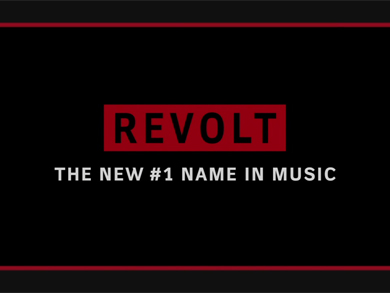
The New York Police Department collected intelligence on more than 250 mosques and Muslim student groups in and around New York, often using undercover officers and informants to canvass the Islamic population of America’s largest city. Hit the jump to read the rest of the story.
Funk Flex
Find Flex On Google+
The documents, many marked “secret,” highlight how the past decade’s hunt for terrorists also put huge numbers of innocent people under scrutiny as they went about their daily lives in mosques, businesses and social groups.
An Associated Press investigation last month revealed that a secret squad known as the Demographics Unit sent teams of undercover officers to help key tabs on the area’s Muslim communities. The recent documents are the first to quantify that effort.
Since the 2001 attacks, the police department has built one of the nation’s most aggressive domestic intelligence agencies, one that operates far outside the city limits and maintains a list of “ancestries of interest” that it uses to focus its clandestine efforts. That effort has benefited from federal money and an unusually close relationship with the CIA, one that at times blurred the lines between domestic and foreign intelligence-gathering.
After identifying more than 250 area mosques, police officials determined the “ethnic orientation, leadership and group affiliations,” according to the 2006 police documents. Police also used informants and teams of plainclothes officers, known as rakers, to identify mosques requiring further scrutiny, according to an official involved in that effort, who spoke on condition of anonymity because he was not authorized to discuss the program.
Armed with that information, police then identified 53 “mosques of concern” and placed undercover officers and informants there, the documents show.
Many of those mosques were flagged for allegations of criminal activity, such as alien smuggling, financing Hamas or money laundering. Others were identified for having ties to Salafism, a hardline movement preaching a strict version of Islamic law. Still others were identified for what the documents refer to as “rhetoric.”
NYPD Eyed 250-Plus Mosques And Muslim Student Groups
Copyright © 2010-2014 FUNKMASTER FLEX, LTD. All rights reserved.












